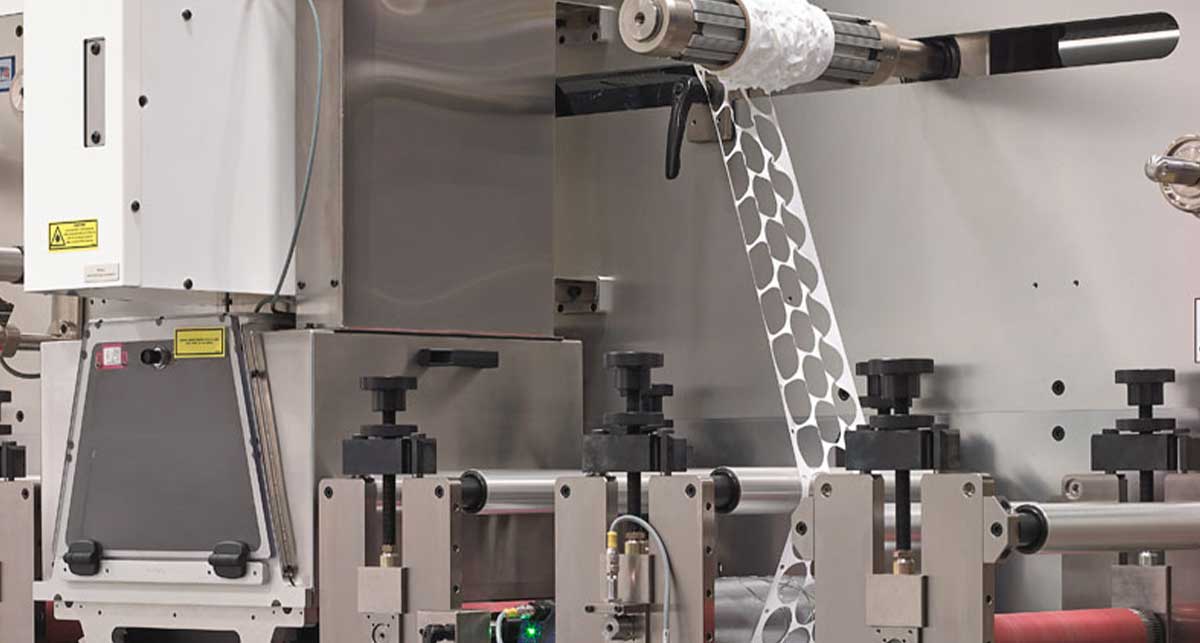Suppose you were a baker designing a birthday cake, but just as you added the finishing touches, your client called to inform you of the birthday girl’s chocolate allergy.
Filling a custom order without all the information can lead to massive, expensive oversights.
Early discussions can uncover critical details about intended part usage. At Strouse, understanding enough about your application to avoid usability errors is vital to the converting process.
Once you know how explaining your application can help converters design and build your product, you’ll be prepared to answer their questions and avoid late-stage errors brought on by wrong assumptions.
Why Should I Disclose My Product Application and Process?
Handing over a finished drawing is rarely the final step of the design phase.
One of the most crucial yet overlooked components of working with a converter is disclosing details during development. Taking the time to give a more thorough initial explanation will allow your converter to build a functional product more quickly.
As we dive deeper into the reasons to disclose your product application, consider the time and money you’ll save by frontloading an explanation of your product needs.
REASON #1: HELP CONVERTERS UNDERSTAND THE DESIGN’S PURPOSE
A design’s purpose provides the baseline for creating any product.
Theoretically, a converter could build the perfect component without knowledge of its application, assuming that all necessary information would be provided. As it stands, customers often don’t recognize the details that are important to a converter.
Building components without context could result in parts that don’t work. Plus, even working parts often undergo design optimization.
Flexible material converters optimize designs for an intended purpose. These changes could include potential material substitutions based on price and usage or slight alterations for part manufacturability.
Without knowing how your product works or how you plan to apply it, it’s far more difficult for your converter to make suggestions to improve production.
REASON #2: MAKE A MORE ACCURATE MATERIAL SELECTION
So, you want optically clear adhesive? And you’re saying the adhesive has to be waterproof? No, wait, saltwater-resistant?
Choosing materials can be a highly technical process that, without proper guidance, becomes quite lengthy. Every piece of information you share about your product helps filter down the massive spectrum of potential materials into a more manageable list of options.
Even knowing the environment your product is intended for alters the criteria we’ll use for the final design.
For example, imagine designing a gasket for the desert. You can instantly narrow down the material options based on a temperature range and set a goal of achieving an IP rating high enough to trap out fine sand particles.
Certain companies will research and approach converters with intended materials. However, this strategy doesn’t always work depending on the nature of the materials.
For instance, you might not realize that certain plastics have a very low surface energy and must be corona surface treated before they can hold adhesive or ink. Buying material before discussing your process with a converter could lead to extra steps in processing or material waste.
While there are reasons why you might be reluctant to share your purpose, understand that material selection is a critical part of your project process. If you’re wary about disclosing your product design, converters are typically open to signing a mutual NDA.
REASON #3: RECEIVE APPLICABLE PACKAGING
Your product arrives on time looking exactly how you wanted. That’s the end of it, right?
Many people aren’t aware of the importance of application. But what’s the use of a product you can’t apply? Depending on its purpose, you’ll want your product delivered in a format that is easy to use.
Consider the following packaging questions:
- How do you want the product to look when you receive it (sheeted or rolled)?
- Do you need each part to have a tab attached for easy removal?
- Will these parts be applied by hand or through automatic application?
Based on your intended application, you may need your product cut in a certain way or on a particular liner.
Automated products are built with low-tack liners for an easy peel-and-release effect and are often formatted on rolls, whereas manual application products often include tabs, crack-and-peel liners, or printed instructions.
The ease or difficulty of peeling off liners, the order of layer removal, and the time it takes to apply your product are all factors converters consider when optimizing your process.
When your converter knows what to expect from your production, they’ll prepare your products with the most efficient packaging possible.
What Are the Consequences of Not Explaining the Application and Process?
Simply put, explaining your application during development will protect you from future headaches.
As you get further along, changing the materials, process, or design becomes more challenging. Also, projects that undergo late-stage adjustments often coincide with price increases and delays.
The most pressing consequence of not explaining the application is the possibility of part failure. The worst-case scenario is ordering a component that costs thousands of dollars only to watch your final assembly fail right off the production line.
Now that you understand the importance of explaining your application to a converter, are you ready to optimize your design and solution?






